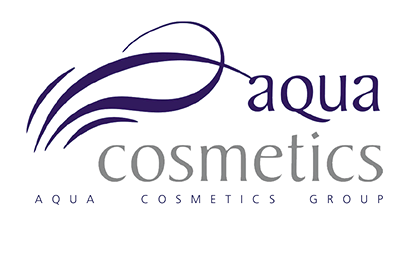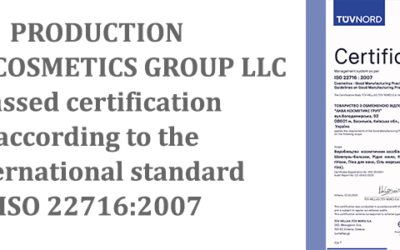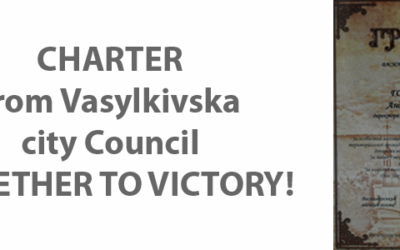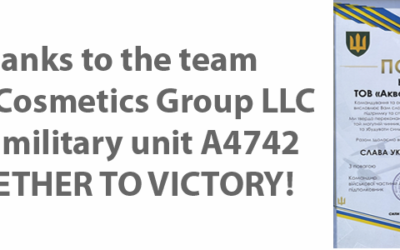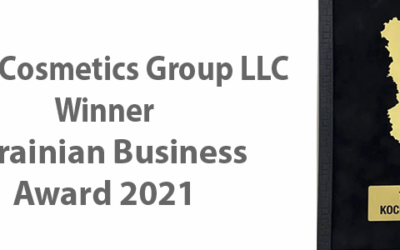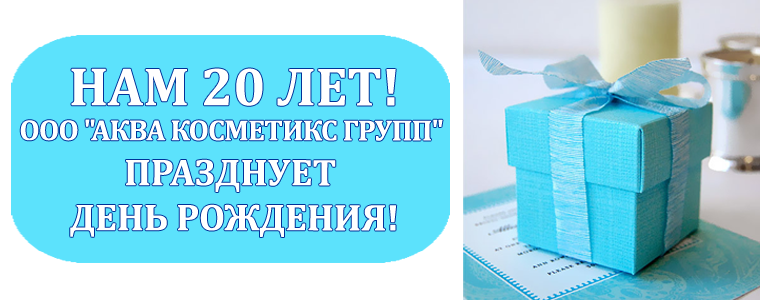Recently, more and more often we hear about the harmful effects of phosphates. Along with them there are such “terrible words” as phosphonates, zeolites. Before we talk about the safety of these substances for humans and the environment need to understand: what is the matter? What are we? Where used? What is the difference between them?
What is the matter?
- Phosphatidylcholine is a salt of phosphoric acid in powder form;
- Phosphonates – esters of phosphonic acids, physical state – liquid
- Zeolites – minerals silicon crystal with an irregular shape.
| Phosphates - the salt of phosphoric acid | Phosphonates - phosphonic acid esters | Zeolite silicon -mineral |
|---|---|---|
 |  | 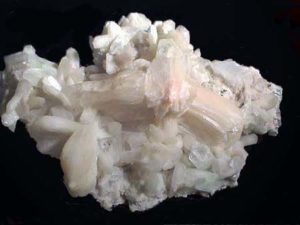 |
| H3PO4 + NaOH = NaH2PO4 + H2O H3PO4 + 2NaOH = Na2HPO4 + 2H2O H3PO4 + 3NaOH = Na3PO4 + 3H2O | RP(O)(OR1)n(OH)2-n. | M2/nO•Al2O3•xSiO2•yH2O |
WHERE used?
 All of us, through advertising, is seen as scum in the shadow of the washing machine. Where does the scale and how to prevent this phenomenon? Let’s face it.
All of us, through advertising, is seen as scum in the shadow of the washing machine. Where does the scale and how to prevent this phenomenon? Let’s face it.
It should be noted that the scale formed by heating hard water. Moreover, we know that when washed in hard water quality deteriorates washing and things are not washed. Therefore, to prevent such events in the detergent used kompleksoobrazuyuschye ingredients that soften water, namely phosphates, phosphonates, zeolites, Trion-A.
For better unlocking things we use tools that somehow contain water softening components. But why in the composition of some detergents contain phosphates, phosphonates or other zeolites? What is the difference between them? The following table shows the comparative characteristics of these components.
| Phosphate | Phosphonate | Zeolites | |
|---|---|---|---|
| % Introduction to recipes | 15%-30% | 0,4%-0,6% | 25%-30% |
| Impact on fabric | Poor tissue removed. For a complete rinsing in our washing machines must be 2-3 times to put on extra rinse | Good to rinse | Do not rinse out of the tissue. Settles on tissues, their burden and make dull after washing 2 |
| Pollution of water reservoirs and drinking | +++ | 70 times less, than Phosphates | + + |
| Interesting facts | Used as: - Fertilizer for plants; - Baking powder for the dough; to provide uniformity of cheese, sausage, condensed milk; - Included in the laxatives. | At this point, phosphonates - an alternative to phosphates to reduce the load on the environment! | Zeolite powder serves as an alternative to phosphates. But they are not environmentally friendly. Zeolites are a source of nutrients for phytoplankton. |
Many popular washing powder, mainly used phosphates. But it should be noted that they do not vypolikuyutsya of tissue and can be the result of allergic reactions. Almost everyone probably have been cases where, putting the thing which is adjacent to the skin, we feel itching and redness. This is often noticed men when collar shirt begins to rub his neck and is especially dangerous for young children, where delicate and very sensitive skin. A bad phosphate elimination from tissues in our washing machines need at least 2-3 times to ask for additional rinsing laundry. Due to the fact that we have: overspending electricity, water, now very expensive “pleasure” and unnecessary spending of money.
Some manufacturers to replace the water softener Phosphates in detergents were added zeolites are also kompeskoutvoryuyuchimy substances. However, they have a drawback – due to its irregular shape of the crystal, they cling to the fibers woven vypolikuyutsya not burdened by the way, make them dull. With constant washing clothes zeolite powders harder losing color, shape and silhouette. Who wants to wash this result?
Money away ?!
No-on phosphates! Or the wind or on phosphates, still inappropriately spent money. It should be noted that today many Detergent levels of phosphates is 15-30%. It is important to note that 30% (!!!) money (remember that powder cost?) We spend not a means to wash, and the phosphates.
Detrimental effect on the phosphates and sredu.Pronikaya even through advanced filters, along with sewage they get into rivers, causing eutrophication of water bodies.
Eutrophication (davn.-Greek. Εὐτροφία – Good Food) – enrichment of rivers, lakes and seas byohenamy, accompanied by increased productivity of vegetation in reservoirs. That is, the plants in water bodies perceive phosphates as fertilizer and beginning to grow ( “bloom” of water), causing lack of oxygen.
What is the result? By using all the oxygen poisoning of water plants and products of its life, die other inhabitants of reservoirs (fish, crayfish etc.). This lost supplies of drinking water, adversely affects the animals, birds and, of course, people. And this is a direct threat to mankind !, This plant in our land will feel great.
When we will stop?
A well-known fact that the European countries, unlike Ukraine, has long refused to add phosphates as water softening component and use safer for humans and the environment matter. One of these components is the phosphonates. It should be noted that the use fosfonatov 70! times safer than the use of phosphates. They’re much more active and putting them in detergent formulation is only 0.4%, as opposed to 15-30% phosphates, zeolites and 25-30%. In addition, it is necessary noted that phosphonates – a solution that perfectly vipiraetsya of tissues and reduces the likelihood of allergic reactions to a minimum. Therefore, for health and safety is a natural alternative to the use of detergents containing fosfonatov. Therefore, choosing agents with phosphates,  zeolites or phosphonates, definitely should choose others. Examples of alternative phosphate-free detergent is liquid detergent for washing brand “Soft” from the company “Aqua Cosmetics Group”, which worked well.
zeolites or phosphonates, definitely should choose others. Examples of alternative phosphate-free detergent is liquid detergent for washing brand “Soft” from the company “Aqua Cosmetics Group”, which worked well.
Benefits “Soft” are obvious: because things do not lose their appearance; silk proteins, which make up the recipes, the fabric soften (can not use air conditioning savings) brings good spot (no possibility to buy additional costs savings) to use for manual and automatic washing (buy one tool for washing, not two saving) easy and economical packaging doy-pack (the ability to pay for the vehicle, not the packaging) vypoliskuyetsya well; safe (dose administration fosfonatov the recipe is only 0.4%) for a man, so as not to cause allergic reactions and for the environment, so as not pollute water bodies.
